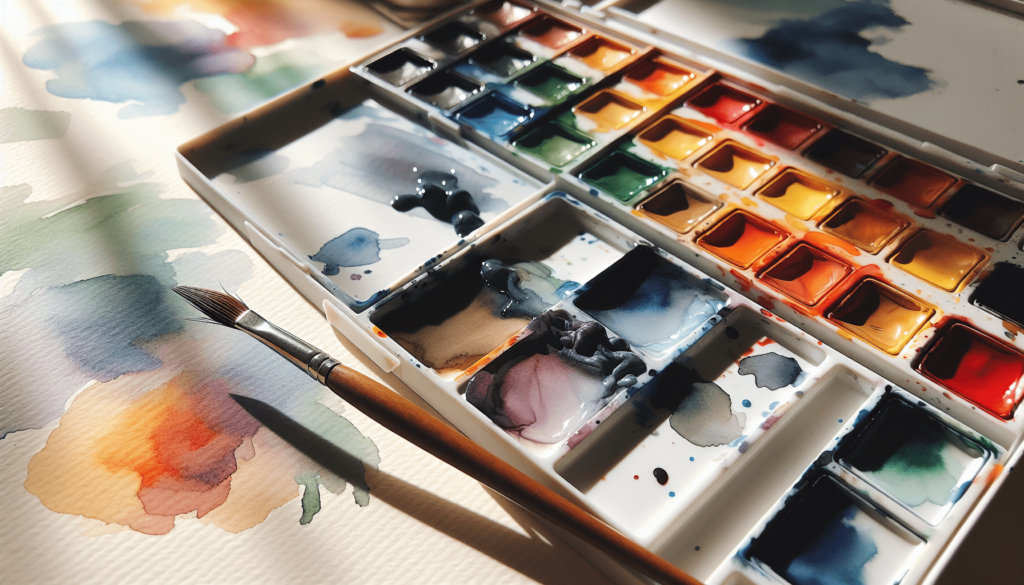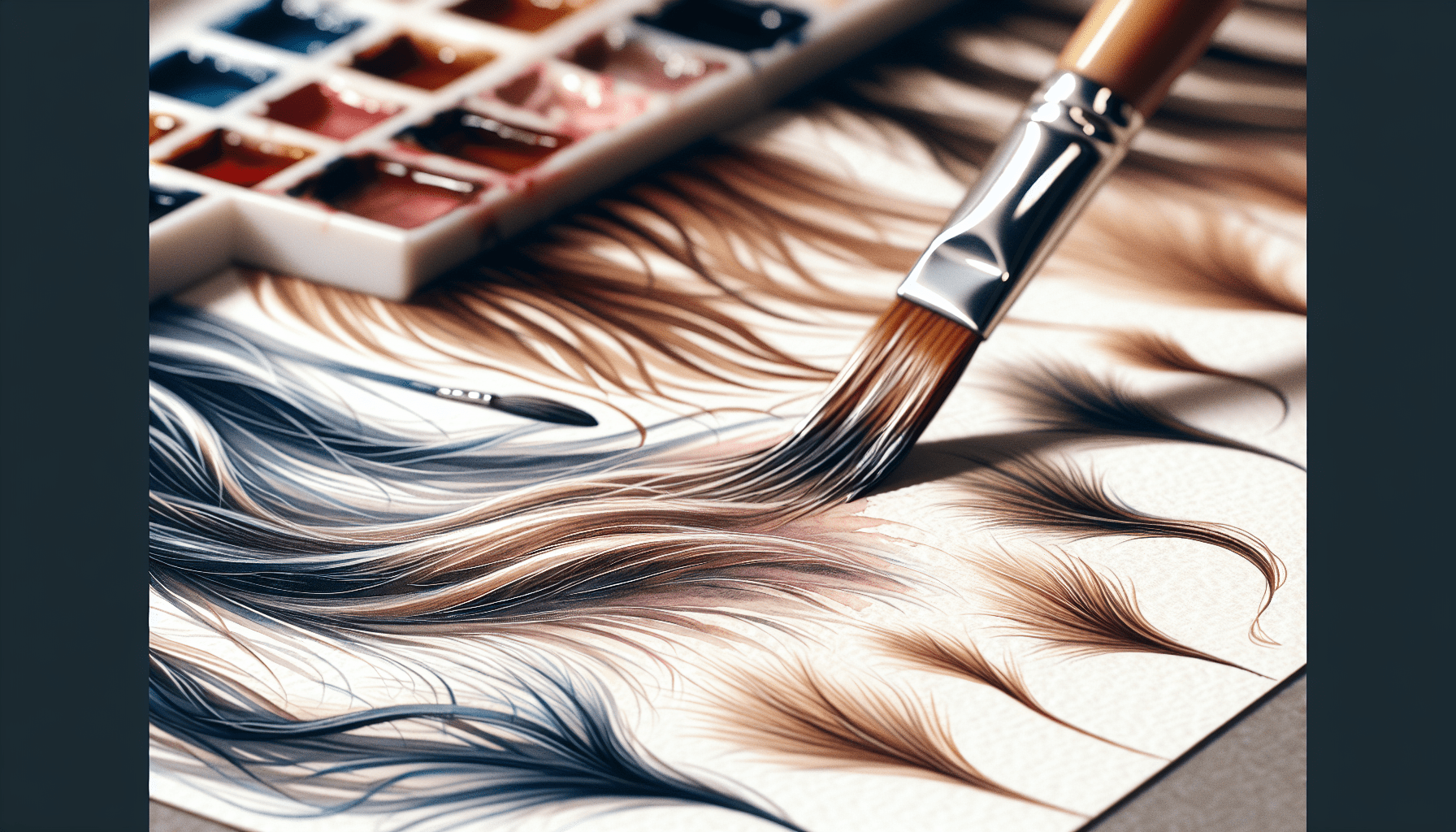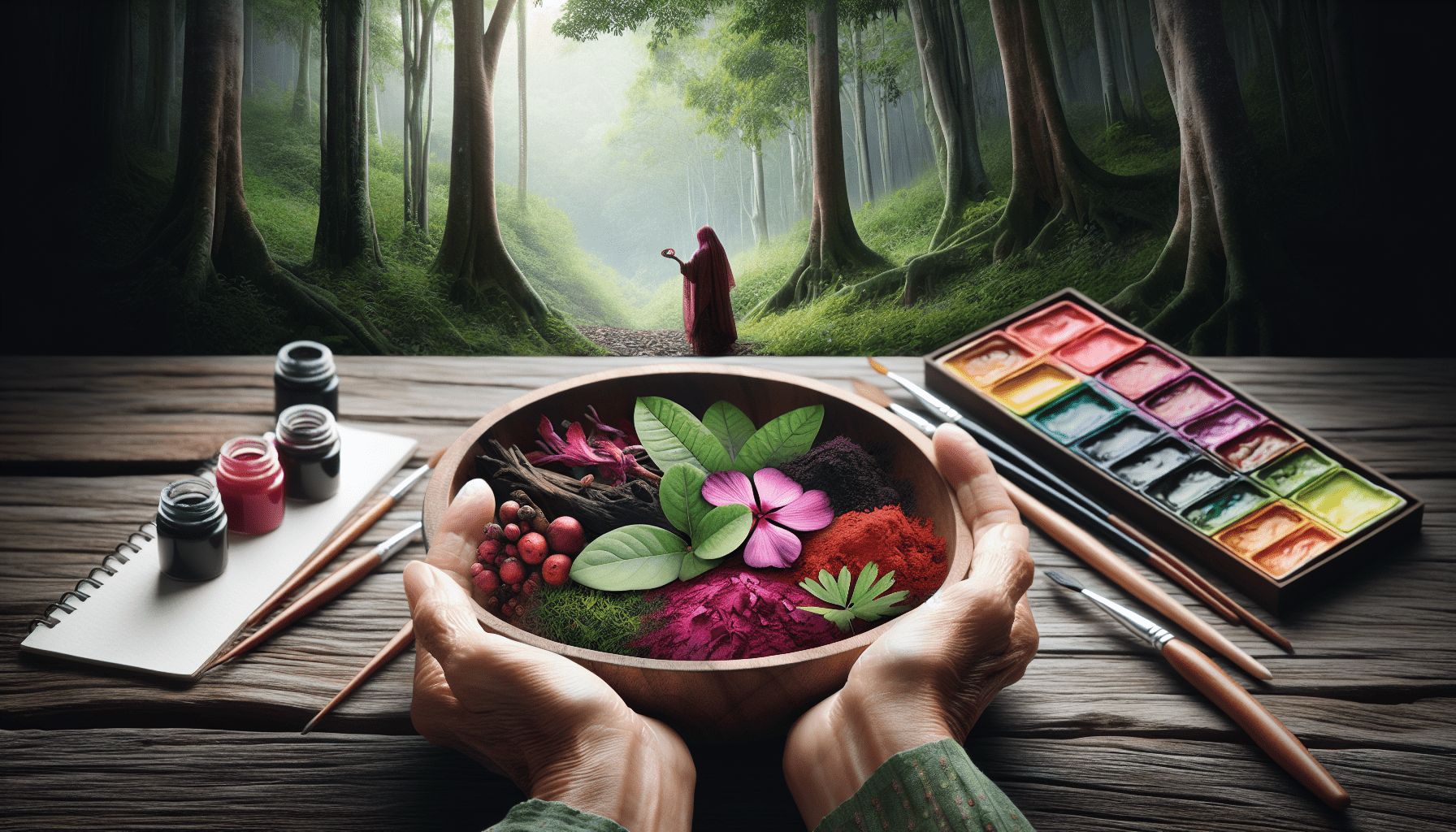In this analysis of “What Attributes Best Describe Watercolor Paints,” you will be taken through the defining qualities that make watercolor paints unique in the world of art mediums. By exploring the subtle transparency, fluidity, and versatility of watercolor paints, you will gain insights into why these attributes make them beloved by artists worldwide. The gentle blending and layering possibilities, combined with their ability to create delicate washes and dynamic contrasts, set watercolor paints apart, ensuring that your artistic expressions remain both rich and nuanced. Have you ever wondered what makes watercolor paints unique and beloved by artists around the world? Indeed, watercolor paints possess a combination of attributes that distinguish them from other painting mediums. Understanding these unique characteristics can significantly enhance your appreciation and effective use of watercolors in your artistic pursuits.
The Unique Nature of Watercolor Paints
Watercolor paints, renowned for their transparency and luminous quality, have been utilized by artists for centuries. They are versatile and can create a wide range of effects, from soft, transparent washes to bold, opaque strokes. In this section, we’ll explore what exactly sets watercolors apart.
Transparency and Luminosity
One of the most celebrated attributes of watercolor paints is their inherent transparency. When applied to paper, watercolor pigments allow light to pass through and reflect off the paper surface, creating a luminous effect that is difficult to replicate with other mediums. This quality can make colors appear more vivid and lifelike.
Versatility in Technique
Watercolor paints offer unparalleled versatility in technique. Whether you prefer the controlled detail of dry brush techniques or the fluid unpredictability of wet-on-wet methods, watercolors adapt to a wide range of styles.
Ease of Manipulation
The water-soluble nature of watercolor paints provides artists with the flexibility to adjust and manipulate their work even after the paint has dried. Simply re-wetting an area can lead to new, exciting effects or corrections to your artwork.
Composition of Watercolor Paints
Understanding what goes into watercolors can enhance your ability to control and predict their behavior on paper. Typically, watercolors are composed of three primary ingredients: pigments, binders, and additives.
Pigments
Pigments are the finely ground particles that give watercolor paints their color. These can be derived from natural sources, such as minerals and plants, or produced synthetically. The quality and type of pigment used can dramatically affect the paint’s performance and color payoff.
| Type of Pigment | Source | Characteristics |
|---|---|---|
| Natural Pigments | Minerals, Plants | Often more granular, can vary in consistency |
| Synthetic Pigments | Lab-created | Consistent in quality, often more vibrant |
Binders
The binder in watercolor paints is usually gum arabic, which serves to hold the pigment particles together and bind them to the paper surface. The quality of the binder can affect the paint’s texture and drying time.
Additives
Additives such as glycerin or ox gall are often included to modify the paint’s properties, such as increasing the paint’s flow or slowing its drying time. Understanding the role of these additives can help you select the right type of watercolor for your needs.

Understanding Watercolor Paints Through Attributes
When choosing and using watercolor paints, several key attributes should be considered to match your artistic goals.
Pigment Quality
The quality of the pigment used in watercolor paints is paramount. High-quality pigments will offer better lightfastness, color intensity, and longevity. Artist-grade watercolors typically boast higher concentrations of these superior pigments compared to student-grade options.
Lightfastness
Lightfastness refers to the resistance of a pigment to fading when exposed to light. Artists who wish for their work to last need to opt for pigments with high lightfastness ratings. These ratings are often provided by manufacturers and can guide you in your selection.
Transparency and Opacity
Although watercolors are generally transparent, varying levels of opacity are available. Some pigments are naturally more opaque than others, and manufacturers often provide information on the transparency of their paints. This can be a critical factor when layering colors or creating specific effects.
| Transparency Level | Characteristics | Typical Uses |
|---|---|---|
| Transparent | Light passes through easily | Layering, glazing, delicate washes |
| Semi-transparent | Light passes through partially | Moderate washes, less intense layering |
| Opaque | Light does not pass through | Bold strokes, coverage, corrections |
Granulation
Granulation is a property unique to certain pigments where particles clump together on the paper, creating a textured, grainy effect. Artists looking to add texture and depth to their work might seek out paints known for this quality.
Staining and Non-staining
Watercolor paints can be categorized based on their staining properties. Staining pigments penetrate the paper more deeply, making them harder to lift or alter once applied. Non-staining paints sit more on the paper’s surface, allowing for easier adjustments.
| Type | Characteristics | Considerations |
|---|---|---|
| Staining | Difficult to lift once dry | Ideal for vibrant, permanent areas |
| Non-staining | Easier to lift and adjust | Better for preliminary washes or techniques requiring adjustments |
Selecting the Right Watercolor Paints
Choosing the right watercolor paints involves considering their quality, intended use, and how their attributes align with your artistic style and goals.
Comparing Artist-Grade and Student-Grade Watercolors
The primary difference between artist-grade and student-grade watercolors lies in the concentration and quality of the pigments used. Artist-grade paints offer superior color payoff, lightfastness, and versatility but come at a higher price point. In contrast, student-grade options are more affordable and can be suitable for practice or learning.
Tube vs. Pan Watercolors
Watercolor paints come in two primary formats: tubes and pans. Each presents unique pros and cons tailored to different artistic needs.
| Format | Pros | Cons |
|---|---|---|
| Tubes | Highly concentrated, more vibrant | Can be messy, dries out if not stored properly |
| Pans | Portable, less waste, easy to rehydrate | Limited color intensity, can wear out quickly |

Techniques for Mastering Watercolor Paints
To fully exploit the attributes of watercolor paints, mastering various techniques is essential.
Wet-on-Wet Technique
The wet-on-wet technique involves applying wet paint onto a wet surface. This method allows colors to blend seamlessly and creates soft, fluid effects.
Dry Brush Technique
The dry brush technique uses minimal water, resulting in more controlled, defined strokes. This method is excellent for adding detail and texture to your work.
Glazing
Glazing involves applying transparent layers of color over a dry layer of paint. This technique can add depth and richness to your paintings by building up layers of color.
Lifting
Lifting is the process of removing paint from the paper. This can be done with a damp brush, sponge, or tissue. Knowing how to effectively lift paint allows for greater control and the ability to correct mistakes or create highlights.
Maintenance and Storage of Watercolor Paints
Proper maintenance and storage of your watercolor materials ensure their longevity and performance.
Cleaning Brushes
Keep your brushes in good condition by thoroughly cleaning them with water after each use. Avoid leaving brushes standing in water, as this can damage the bristles.
Storing Paints
Store your watercolor paints in a cool, dry place. If using tube paints, ensure the caps are tightly sealed to prevent drying out. For pans, letting them dry out between uses is fine, as they can be easily rehydrated.
Conclusion
Watercolor paints are a fascinating medium with a rich history and a diverse range of attributes. By understanding their unique qualities, such as transparency, pigment composition, and staining properties, you can make informed choices that enhance your creative process. Whether you’re selecting the type of paint, mastering various techniques, or maintaining your materials, these insights will help you make the most of what watercolor paints have to offer. With practice and exploration, the luminous and versatile nature of watercolors can significantly enrich your artistic journey.



